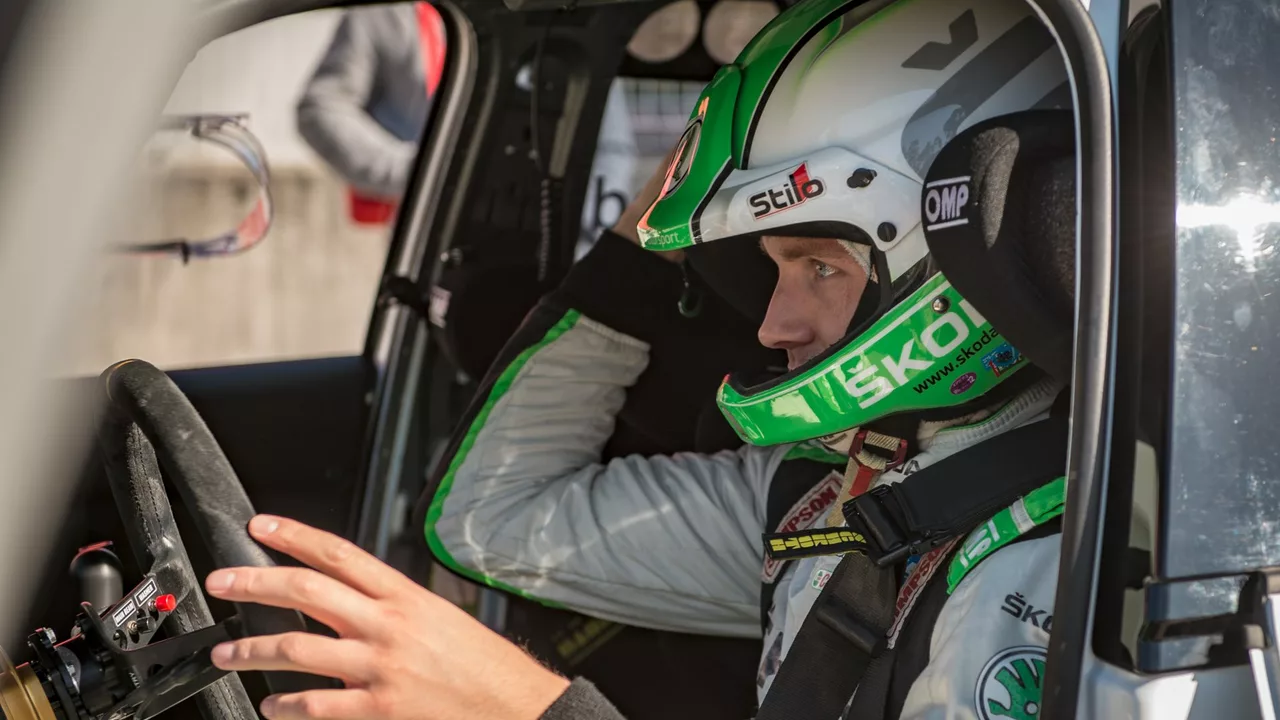Rally Drivers: Your Quick Guide to Getting Started
If you love the roar of engines and the smell of fresh gravel, becoming a rally driver might be on your mind. The good news? You don’t need a million‑pound budget or a secret racing pedigree to start. All you need is passion, the right training, and a plan for the costs.
What It Really Costs to Drive Rally Cars
Most newcomers think rally driving is only for the rich, but the expenses break down into a few clear buckets. First, you’ll need a suitable car – a used hatchback or small sedan that meets the class rules can run £5,000‑£10,000. Then add safety gear: helmet, suit, roll cage, and fire‑proof gloves, which together cost about £2,000. Training courses, like a two‑day school, are around £500‑£800. Finally, factor in entry fees for local events – usually £100‑£200 per rally. In total, expect to spend roughly £10,000‑£15,000 for a solid first season.
Training and Skills: Where to Focus
The best way to learn is to sign up for a certified rally school. They teach car control, braking techniques, and how to read pace notes. After the basics, practice on closed tracks or low‑speed stages to build confidence. Don’t ignore the mental side – rally drivers need to stay calm when the road turns icy or bumpy.
Another critical skill is learning to work with a co‑driver. The navigator reads pace notes that describe every corner, jump, and surface change. A strong partnership means you can trust the notes and react faster. Spend time rehearsing communication, using simple hand signals or radio checks, and keep the co‑driver’s advice front and centre during a run.
If you’re a teen or fresh adult, start with local club events. They’re cheaper, less intimidating, and give you real‑world experience without the pressure of big championships. Many clubs also offer mentorship programmes – pair up with an experienced driver, watch how they approach a stage, and ask questions on the spot.
Gear up for the long term by keeping a detailed log of each rally. Note the car’s handling, weather conditions, and any mistakes. Over time you’ll spot patterns – maybe a certain tyre works better on gravel, or you need to adjust brake balance for tight hairpins. That notebook becomes your personal playbook.
Don’t forget the basics of vehicle maintenance. Rally cars take a beating, so regular checks on suspension, brakes, and engine oil are vital. Learn to change a tyre quickly; a fast pit stop can save you minutes in the overall time.
When you feel ready, enter a regional rally. The excitement of a real stage is unmatched, and the feedback you get from judges and fellow drivers helps you sharpen your technique. Keep your expectations realistic – the first few rallies are about learning, not winning.
Finally, stay connected with the rally community. Forums, social media groups, and local meet‑ups are great for swapping stories, finding cheap parts, or discovering new events. The more people you know, the easier it is to find a co‑driver, a sponsor, or a friendly mechanic.
In short, becoming a rally driver is a step‑by‑step adventure. Budget for the car and safety gear, invest in solid training, build a strong bond with your co‑driver, and keep learning from every run. With the right mindset, you’ll be tearing through forest stages in no time.
What kind of shifter do the rally drivers use?
Hey there speed demons! Let's have some fun chatting about rally drivers and their gear shifting preferences, shall we? Now, most of these daredevils use what's known as a sequential gearbox. It's like playing a game of "follow the leader" with your gears, where you can only go from 1st to 2nd, 2nd to 3rd, and so on... no skipping around allowed! It's super quick and efficient, just what our rally heroes need when they're tearing up the dirt. So next time you're channeling your inner rally driver, remember, it's all about the sequential shift!
Read More

